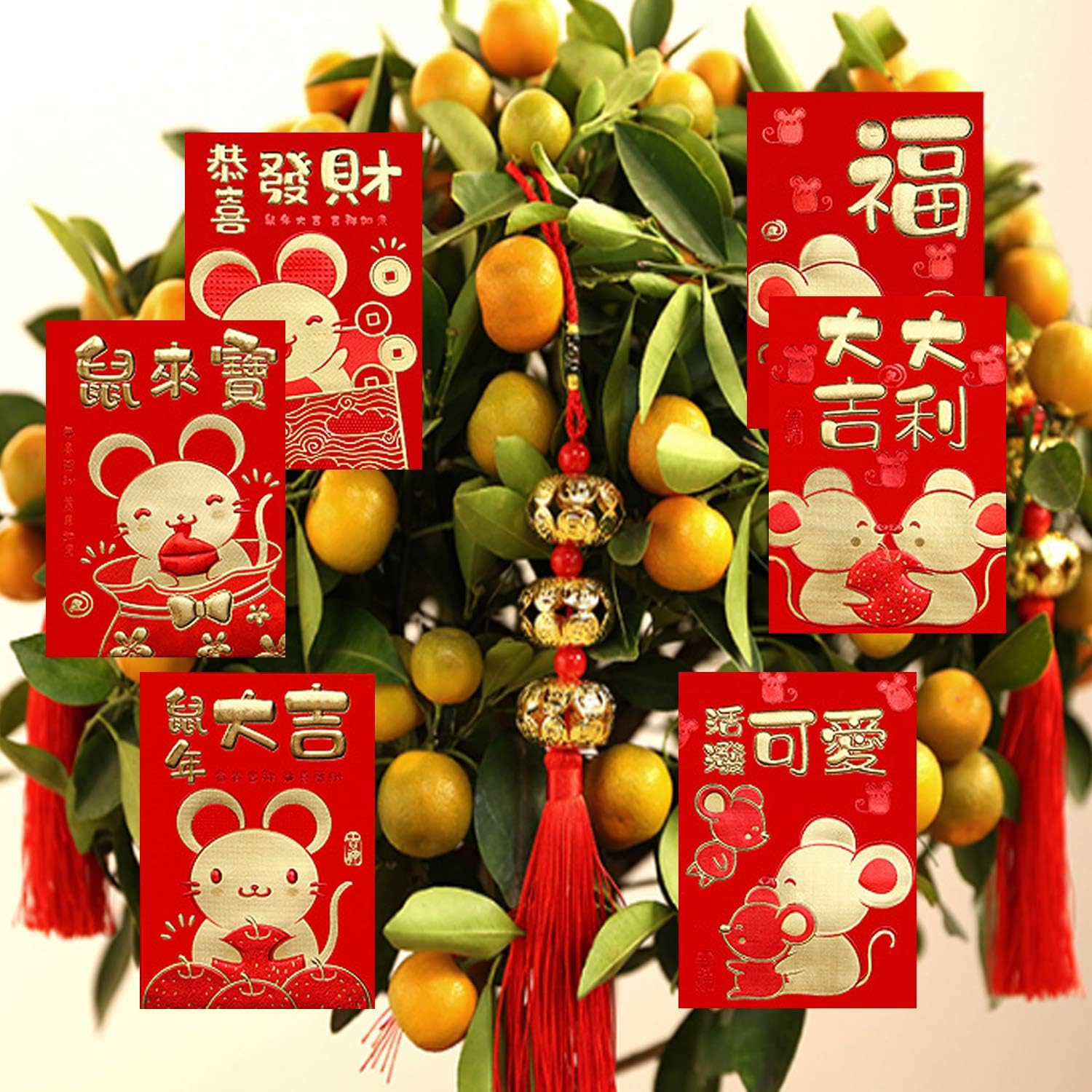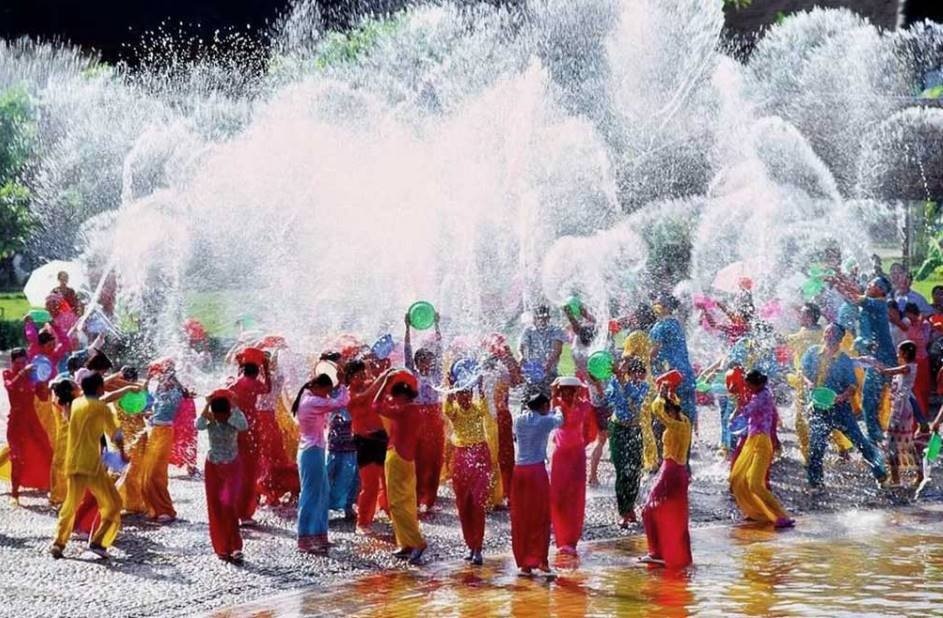By Pinn Duong
This blog is going to explore various Asian countries ‘s New Year celebrations by their similarities, which are grouped into 2 categories:
- Countries influenced by Chinese’s New Year: Korea, Japan & Vietnam
- Countries that celebrate New Year with water fights: Thailand, Lao, Cambodia, Myanmar
1. COUNTRIES INFLUENCED BY CHINESE’S LUNAR NEW YEAR: Korea, Japan & Vietnam
Under Chinese’s historical dominance and influence, Vietnam, Korea and Japan adopts many similar New Year customs similar to that of the Chinese’s Lunar New Year, which commonly occurs in late January or early February. Mongolia and Tibet’s Lunar New Year occurs near or on the same day as the Chinese’s Lunar New Year, but Mongolia’s and Tibet’s New Year celebrations are unique by themselves.
BUT, Japan celebrates New Year on January 1st. Initially, the Chinese’s calendar was introduced and adopted in Japan in the 6th century CE. During that time, Japan shared its New Year celebrations with China, Korea and Vietnam. However in 1873 during Meiji Restoration, Japan adopted the Western Gregorian calendar, and Jan 1st became the official New Year’s Day. Initial opposition to the sudden change was strong, but the resistance only lasted until the 1900s when the lunisolar calendar disappeared from annual celebrations.
Lunar New Year are also called Shōgatsu 正月 (Japanese), Chunjie 春节(Chinese), Tết (Vietnamese) and Seollal 설날 (Korean). The traditions outlined below are shared among Vietnam, Korea and countries that host large populations of Chinese ethnics such as Malaysia, the Philippines and Indonesia. Each country has their own adaptations of the Chinese influences.
NEW YEAR GREETING
On the first day of the Lunar New Year, families visit the oldest male relative’s house to pay respect and wish good fortune to the elders for the upcoming year. In return, elders gift the younger ones with lucky red envelopes.
New Year greetings are even more structured in Korea. Children (and sometimes adult offsprings) dress in traditional hanbok and line up to pay their respect to elders (parents, grandparents) with a traditional, respectful bow called Sebae.


ANCESTRAL WORSHIP
On the first day of Lunar Year, families and relatives gather at the house of their oldest male relative to pay their respects to both ancestors and elders. Before the New Year’s Eve, many families spend hours cleaning and preparing food and offerings which will be taken to their ancestors’ graves and ancestral altars, symbolizing many past generations.
The ritual begins when the eldest male kneels down in front of the altar with a burning incense in his hand, and he puts it into the incense burner and bows deeply three times afterwards.
After they have visited all of their ancestors’ graves or altars, all the food is gathered for a huge feast shared among families and friends.
Traditionally, only male members participated in the worshipping rituals while females prepare the food and offerings and are not allowed to partake in the rite. In modern times, the rite can be done by all family members.

LUCKY MONEY
The Chinese custom of gifting red envelopes (or “hóngbāo” in Mandarin) began in ancient Qin Dynasty. Elders would thread coins with a red string to ward off evil spirits. It stems from a legend that a demon named “sui” (Chinese: 祟) would quietly surround children on the New Year’s Eve, causing them fear and sickness. The threaded coins were eventually replaced by red envelopes as printing presses became common.


Similar customs have been adopted in Korea with a twist. Instead of red envelopes, Koreans use silk “fortune pouches” (Bokjumeoni in Korean) as a symbol of keeping good fortune and prosperity in the pouch. Since Korean traditional dress “hanbok” was not designed with any pockets, the Koreans created Bokjumeoni and tie it at the waist side.

Similarly, the act of gifting children decorated paper envelopes filled with New Year money is known as Otoshidama in Japan. It’s interesting to note that, unlike the Chinese and Vietnamese envelopes that are dominantly red/yellow printed with new year wishes, Japanese envelopes (called Pochibukuro) are decorated with unrestricted range of colors and topics.



(Photo: FIT blog, ExpertWorldTravel) Pochibukur
Traditionally, older children would receive more money; but many adults in modern time gift the same amounts to their children, newphew or neices to avoid jealousy and arguments between siblings / cousins. This is usually the favorite part the New Year’s for many children, similar to how Western children excitedly look forward to presents during the Christmas or Easter holidays.
2. COUNTRIES THAT CELEBRATE NEW YEAR WITH WATER FESTIVALS: Thailand, Lao, Cambodia, Myanmar
Thai, Lao, Myanmar and Cambodia are known for their water splashing festivals during New Year Celebrations, which occur from April 13-15 in accordance with the sun’s movements. Other countries that also celebrate the New Year at the same time include Bangladesh, India, Nepal and Sri Lanka, but they have entirely unique customs of their own.
Mid-April marks the end of a harvest season, the time when farmers can start enjoying their hard work all year before the monsoon season begins. April is when the summer reaches its peak temperature, make it difficult to toil long hours in the field, and allow farmers to have a break from the labor.
BUDDHISM PRACTICE
All four countries begin the New Year mornings with religious rituals and merit-making at the local temples to start off a New Year with good deeds. An iconic ritual for the New Year holiday in Lao, Cambodia and Thailand is bathing Buddha statues and images with perfumed water. It symbolizes renewal, purification and cleaning away evil deeds.

Other merit-making acts include preparing offerings to the monks, releasing and freeing captured animals (bird, fish, crabs, tortoises and mostly small animals) and helping the poor through charity.
In Laos and Cambodia, they build sand stupas, which are later decorated with flowers, flags and sprinkled with perfumed water, in remembrance of the deceased.

WATER FESTIVALS
Traditionally, the act of sprinkling water on one another signifies respect and blessing, to wash away the staleness, the bad luck from the old year. Young people would pour water over their elders’ palms to pay reverence.
But since New Year holiday falls on the hottest month, many recently take the blessings to another level and splash water one another and bypassers with buckets or cannons. In Thailand, major streets are closed to allow for water festivals.

Featured photo: Vector Stock


One thought on “Similar & Unique New Year Celebrations in Asia”